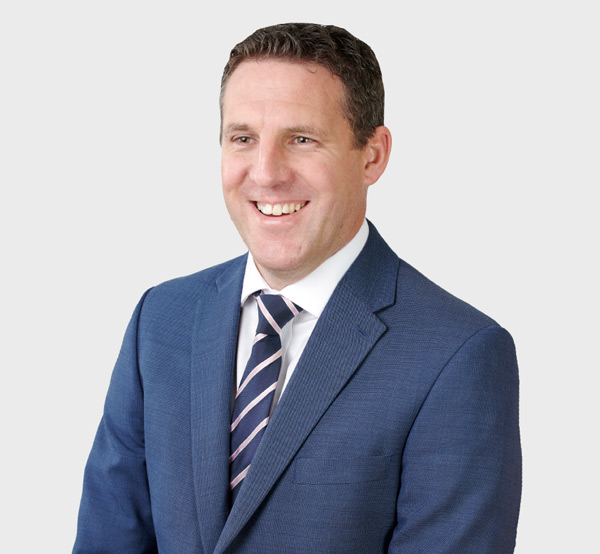As a sole trader, tax can often be a complicated and time consuming factor of running your business. That’s why we’ve created this ultimate guide to tax for sole traders, breaking it down and making the complex clear.
Do I Need to Submit a Self Assessment Tax Return?
Anyone who is self-employed as a sole trader earning over £1,000 (before taking off any tax relief), in the last tax year (6th April 2021 – 5th April 2022) must submit a self assessment tax return.
How to Set Up as a Sole Trader
If you have chosen to set up as a sole trader, you must notify HMRC of the fact and register for self-assessment so that you can file an annual tax return.
This should be done before the 5th October in your business’ second tax year. So if you began working as a sole trader in July 2022, that’s the 5th October 2023. Register for self assessment as a sole trader here.
Set Up Your Government Gateway Account
Once you have registered, you will receive a Unique Taxpayer Reference (UTR). You will need this and a Government Gateway account in order to submit your Self Assessment form online.
To set up a Government Gateway account, simply follow the steps on the letter containing your UTR. When the account has been set up, you will be sent an activation code via letter or to your phone or email which will allow you to complete the set-up of your Gateway account.
If you have submitted a Self Assessment tax return in the past, you can use your previous UTR to register and set up the account.
How to Submit a Tax Return as a Sole Trader
Before you begin it is important to make sure you have all the information you will need to fill out your tax return. This includes:
- Your 10 digit Unique Taxpayer Reference (UTR)
- Your National Insurance (NI) number
- Details of your untaxed income, such as self employment, dividends and interest on shares
- Records of expenses relating to self-employment
- Contributions to charity or pensions that may be eligible for tax relief
- P60 or other records that show how much income you have received that you have already paid tax on
As a sole trader, you will need to fill in two forms:
- The SA100 (main tax return)
- Either the SA103S (if your annual turnover was below the VAT threshold of £85,000) or the SA103F (if your annual turnover was above the VAT threshold)
When it comes to filling out your return, use the information above to declare your self-employed income and expenses, as well as any additional income you made during the tax year. Make sure to include all of your income on your return, even if you have already paid tax on it.
The amount of tax you must then pay is calculated based on your total income for the year.
Fortunately, as a sole trader, you aren’t taxed on all of your income as all UK taxpayers have a Personal Allowance of £12,500. Anything you earn over this amount, you will have to pay tax on.
If your total taxable income (including any additional forms of income such as alternative employment or a property you let out) is less than your Personal Allowance then you don’t have to pay any tax.
Check out the table below to help you work out how much tax to pay.
| Tax Bracket | Taxable Income | Tax Rate |
| Personal Allowance | Up to £12,500 | 0% |
| Basic rate | £12,501 to £50,000 | 20% |
| Higher rate | £50,001 to £150,000 | 40% |
| Additional rate | Over £150,000 | 45% |
What Expenses Can I Claim as a Sole Trader?
You may be able to reduce your tax bill by using your tax return to claim business-related expenditures. There are some expenses which almost every sole-trader can claim on, such as stationery and home computers used for work.
Other expenses you can claim on include train tickets, petrol & other vehicle costs for work travel, and a portion of your utility bills if you work from home.
Sole trader expenses can also be sector-specific. For example, if you’re a hairdresser, you can claim on equipment costs and the rent you pay for your salon.
No matter what you do, remember to keep evidence of the expenses you’re claiming for, including receipts and invoices. While you don’t have to submit these as part of your self assessment, HMRC may ask for proof of your deductions later down the line.
Fresh thinking, smart support.
How can our experts helpWhen Do I Need to File My Self Assessment & Pay Taxes?
The official deadline for submitting and paying your online tax return was the 31st January 2023. If you have missed this deadline, you will have to pay a late filing or late payment penalty of £100.
You will also be charged interest on late payments, so it’s important to make sure you submit it on time. What’s more, the earlier you calculate how much tax you owe, the better you can manage your cash flow ahead of time- giving you a smooth start to the new year.
Frequently Asked Questions
How much tax will I pay as a sole trader in the UK?
As a sole trader, your tax is calculated based on your total income for the year. You have a Personal Allowance of £12,500, which is tax-free. Income above this amount is subject to tax. The tax rates are: 0% for income up to £12,500, 20% for income between £12,501 and £50,000, 40% for income between £50,001 and £150,000, and 45% for income over £150,000.
How can a sole trader avoid tax in the UK?
While avoiding tax is not legal, you can minimise your tax liability by claiming legitimate business-related expenses such as stationery, home computers used for work, work travel costs, and a portion of utility bills if you work from home. It’s important to keep evidence of these expenses for records.
What can I earn before I pay 40% tax?
You will start paying the 40% higher rate tax on income over £50,000.
Can I claim tax back as a sole trader?
You can reduce your tax bill by claiming allowable business expenses on your tax return. This does not mean getting tax back but lowering the taxable income, hence reducing the tax liability.
Do I need an accountant as a sole trader?
While it’s not mandatory, having an accountant can save you time, stress, and money by handling your self-assessment and offering advice on minimising tax liability. Accountants are beneficial, especially given the constant changes in tax legislation.
How much should a sole trader save for tax?
It’s typically recommended to save a portion of your income for tax purposes. The exact amount depends on your expected annual income and the corresponding tax bracket.
Do sole traders pay national insurance?
Generally, sole traders in the UK are required to pay Class 2 and Class 4 National Insurance contributions, depending on their profits.
Get Expert Help with Your Self Assessment
Many taxpayers worry that the constant changes to tax legislation could put them at risk of incurring penalties through failing to complete their returns on time or correctly.
Fortunately, you don’t need to worry when you work with Ryans Chartered Accountants. We can save you a lot of time, stress, and money by handling your self assessment for you and all other personal tax planning.
We will help you with your bookkeeping, completing your return and offer advice on how you can minimise your tax liability.



